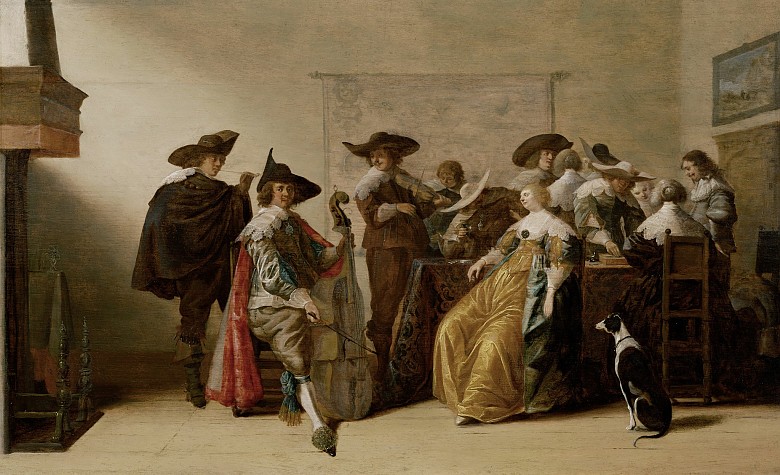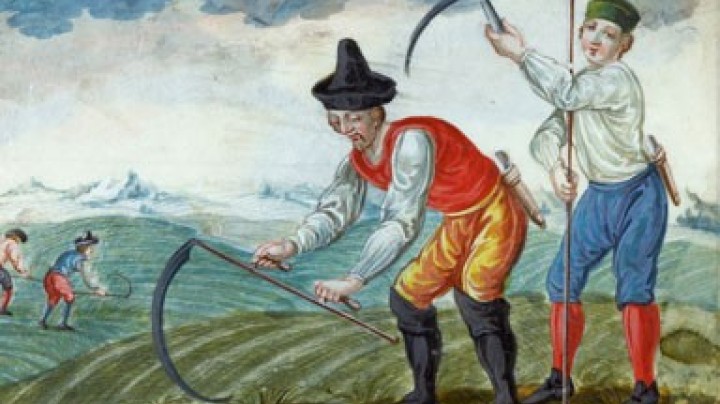Living (like) in a commune?
Working, eating and living together was not only the guiding principle of the hippy communes of the twentieth century, but also that of early modern household-families.
Although the household-family was mainly concerned with supplying enough for the needs of all its members, it was also part of a village community, the network of regional markets and the superordinate feudal system. The cooperation and participation of all members of the household (including the young and the old) in the domestic working process was a necessary precondition of rural village life.
While the cultivation of field crops made farm households relatively self-sufficient, artisan households exchanged the income from their products for foodstuffs and other goods. The master craftsman together with his journeymen and apprentices was responsible for the production of the goods, while his wife managed the household with her maidservants. Property ownership also played a role in the concept of the household as it contributed to the standing of the house. It was not profit but self-sufficiency that underlay this form of economic collective. By contrast, the work in merchant households was more profit-orientated; gains were spent on luxury items and status symbols in order both to impress the town and the court and to attract customers.
The aristocracy also felt the need to display its wealth and social status, whereby leisure was often substituted for labour, a circumstance that provoked increasing criticism. Aristocratic families were united by strong bonds, reinforced by shared property and estates subject to rules of heredity and birth.
Some families owned neither property nor tools of production. They usually consisted of the father, mother and offspring, who all worked together for their living as paid labourers without any servants. Typical activities undertaken were spinning or weaving.
















